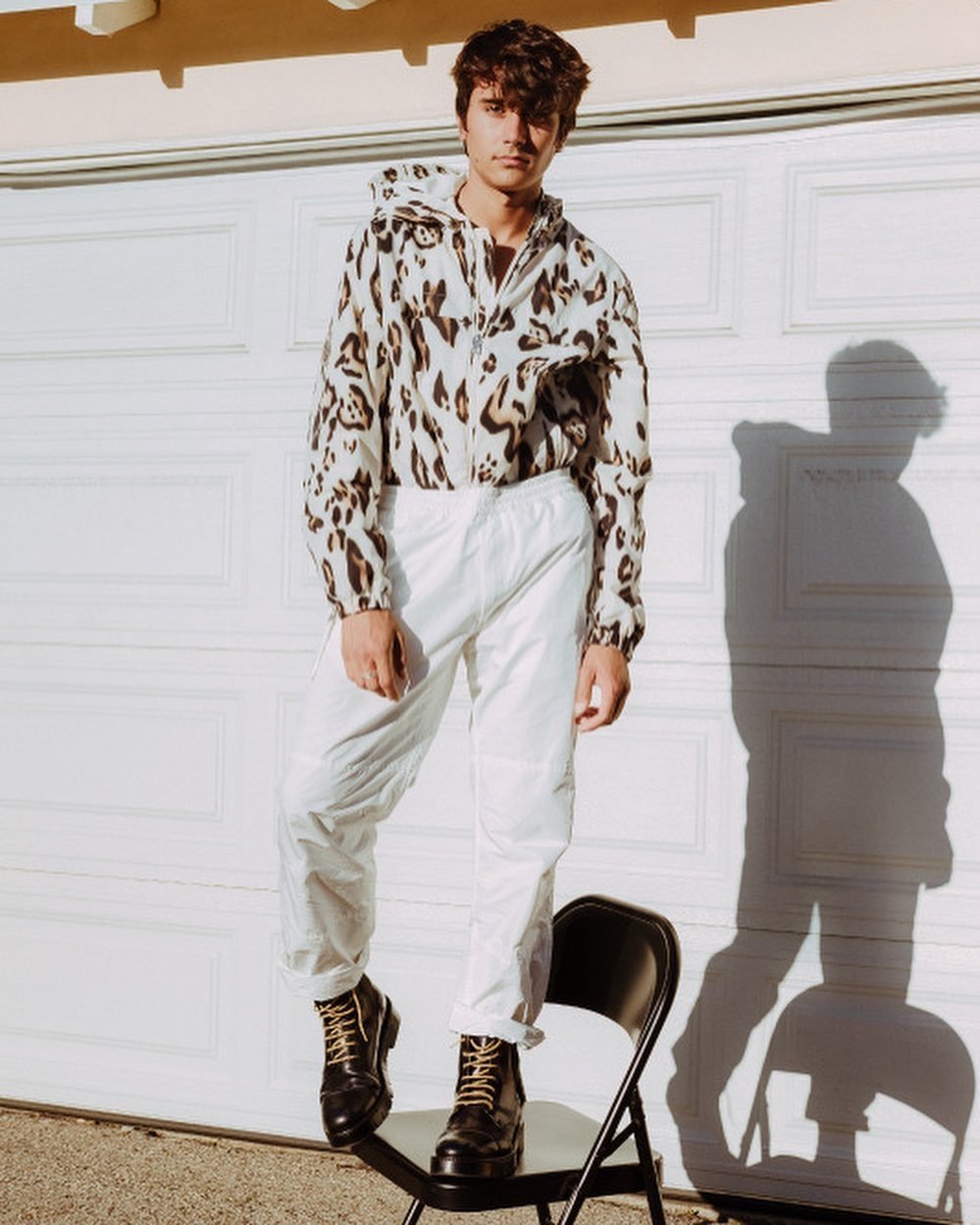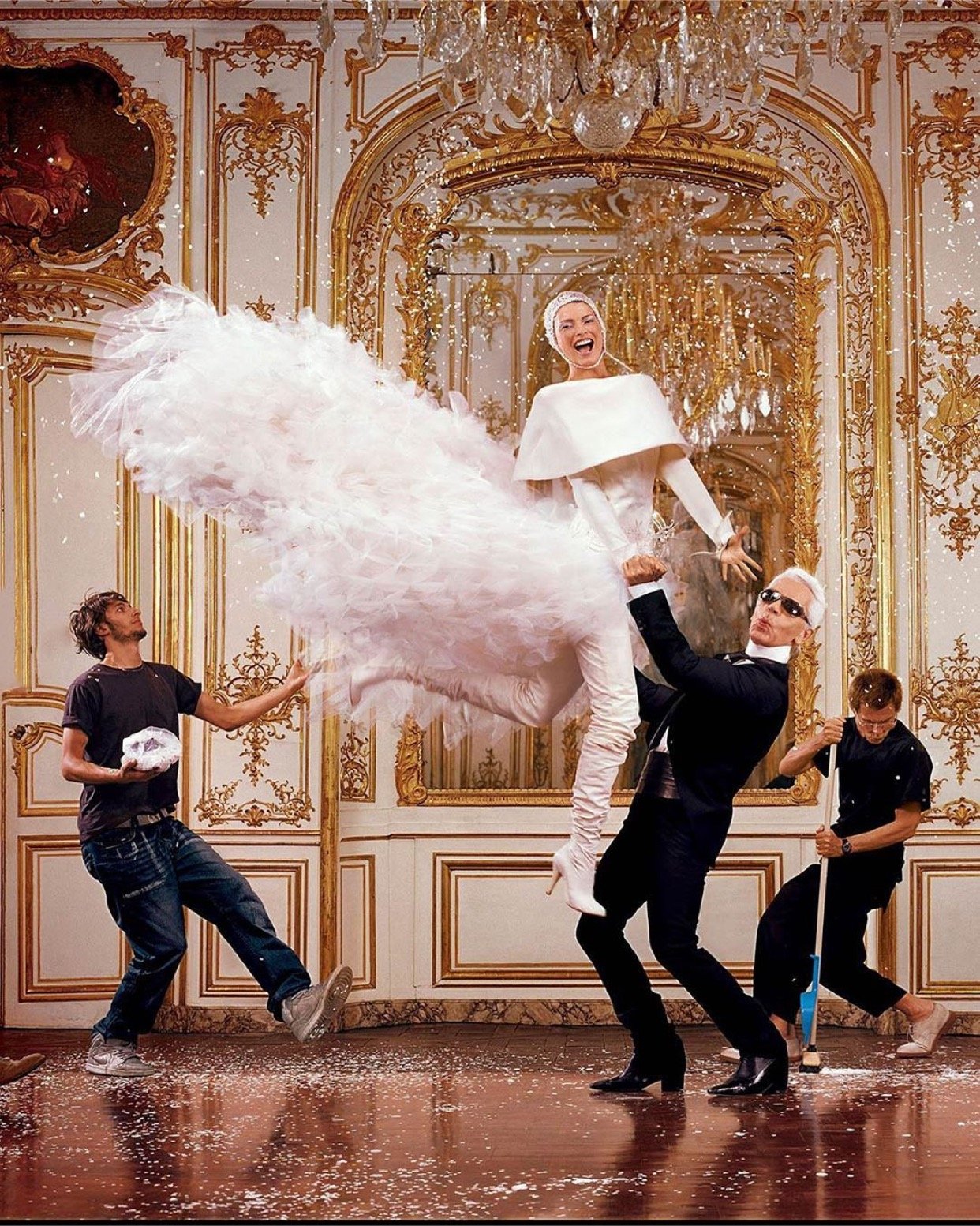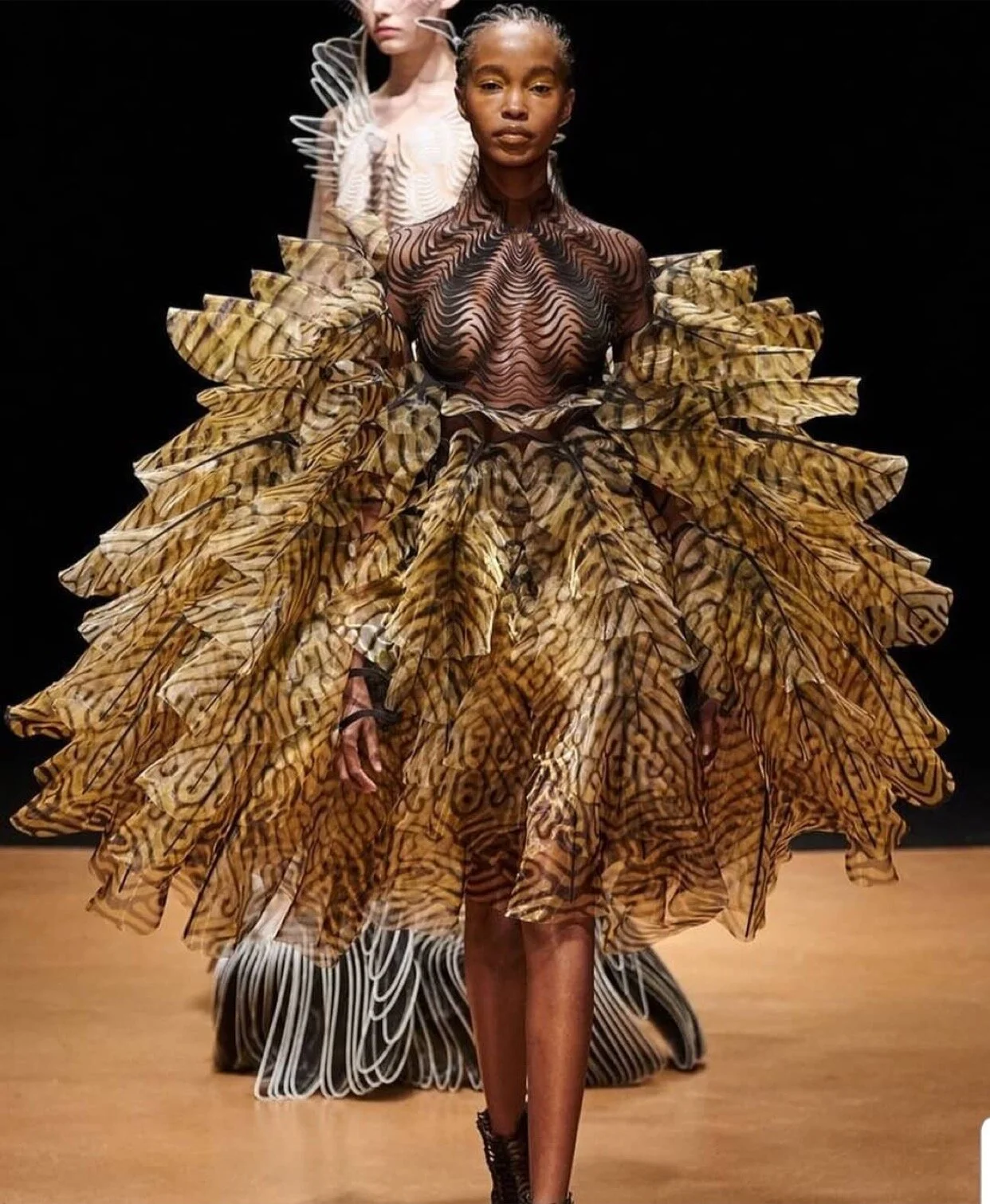Fashion Marketing Strategy: Keys to Successfully Growing Your Brand

An effective digital fashion marketing strategy that positions your products to capture the attention of your target audience will make your brand stand out from the crowd. It’s more important than ever for digitally native fashion brands to distinguish themselves from the competition and communicate what makes them so unique.
Fashion is one of the major consumer categories most affected by the direct-to-consumer (D2C) boom. It has become, in fact, one of the most crowded and competitive consumer verticals, with new brands popping up every day. Fortunately, when your brand is digitally native, you have a whole new way to strategize for growth. It starts with the customer data. As a digital business, you can own and control the entire online customer experience using the insights gleaned from that data.
At Hawke Media, we’ve seen this firsthand. Pangea, a growing men’s swimwear brand, is one of the companies in the bustling apparel space with a success story to tell, thanks to marketing strategies that work. Whether your company is just starting or has been in the game for some time, it’s never too late to be more strategic. Data-driven digital marketing can be a large part of that.
Let’s illuminate seven of our best fashion marketing tips, including some of the tactics used by Pangea.
Michael Cimino
1. Data Insights
If the pandemic taught us anything about marketing, it’s that businesses that know how to collect and wield data and analytics will dominate their markets. In fact, according to a McKinsey research report tracking the 12 months ending October 2021, “Fashion companies that have harnessed the power of data to personalize customer e-commerce experiences have grown digital sales by between 30 and 50 percent.”
This means integrating data into your marketing decisions and strategies, uncovering customer preferences, refining your target market, hyper-personalizing the e-commerce journey, and maximizing customer lifetime value.
2. Brand Identity
For many brands, the first step to effective fashion marketing and branding is to develop a unique, cohesive brand identity that both differentiates itself from the competition and serves as the foundation for a comprehensive digital marketing strategy that communicates that unique identity. Most fashion brands operate in crowded categories where it’s nearly impossible to differentiate from competitors on functionality or utility alone. To stand out, brands need to craft a compelling brand narrative.
Today’s digital brands have the data needed to stop talking among themselves and start listening to what customers actually think. Too many brands don’t spend the time distilling down who they are and what makes them unique, and discovering whether their target cares. Defining your why is the first step in developing the brand DNA that will inform and guide everything from product strategy to marketing.
Pangea, for example, built its fashion marketing and branding identity around the concept of the worldly gentleman, an idea that aligns with their target. This aspirational brand hero serves as a vehicle through which to tell a rich story around the brand’s unique prints, inspired by different locations and cultures around the world, such as Moroccan Berber rugs, French stained glass, and the indigenous Huichol people of Mexico.
Cameron Boyce
3. Brand Guide
A brand guide builds out your brand’s visual identity and persona with target-audience insights and messaging guidelines. It is designed to keep your creative assets and messaging consistent across all media and channels.
Specifically, the critical elements of a brand guide include:
Competitive analysis. Brand competitors, both inspirational and direct.
Brand story. How the brand was founded and its narrative.
Target audience. Demographics, personas, and customer problems that the brand will solve.
Messaging guidelines. What to talk about and why, including the value proposition.
Visual elements. Includes logo, typography, color palettes, and how they work together.
Companies that take the time to define and follow their own guidelines build brand loyalists.
4. Visual Assets
The brand can create strong visual assets with a brand guide in place to inform the digital fashion marketing strategy. When it comes to D2C fashion, the old saying holds true — a picture is worth a thousand words. Product photos, lifestyle images, and videos demonstrate the product in action for customers who don’t have the benefit of touch and feel when browsing a website.
Some companies make the mistake of repetitive and unimaginative posting. Don’t be that brand. This is fashion — make it exciting! By tying imagery to the foundational brand narrative, you bring the brand story to life. Pangea travels to the source of each collection’s geographical inspiration, connecting the visual assets into the overall fashion marketing and branding narrative.
Work with experienced fashion marketing-agency professionals to create high-quality assets that depict your products as beautifully as possible. Further, make sure that you honor your audience with new, original content. You can repost in certain instances, but be strategic about it. Don’t miss the opportunity to capture the hearts and imaginations of your viewers.
Cocheng
5. Website
Great e-commerce and D2C websites are finely tuned machines that efficiently convert visitors into customers with a dynamic, intuitive interface that leverages content to drive purchases.
Many fashion-brand websites suffer from over-creativity, focusing so much on design that they neglect the basic user experience. While e-commerce and D2C websites should be beautifully designed, they should also be straightforward in functionality, taking into account UI/UX (user interface, user experience) best practices. Ensure that your site includes the following:
Understandable categories. Put items where customers expect to find them, and use subcategories to avoid information overload.
Easy navigation. Move customers from the home page to checkout in as few clicks as possible.
Robust search capabilities. Enable searches with a highly visible search bar on each page, with auto-suggestions and support for query mistakes.
Various filters. Include color, size, style, and multiple selection fields.
Easy-to-find features list. Display necessary information in the product listing, such as price, size availability, and colors.
Effective product detail pages. Feature high-res product and lifestyle photos alongside brief but informative descriptions.
Social proof. Display product reviews and testimonials.
We recommend building your website on Shopify for ease, reliability, security, and more. Your home page should have a clean, high-res hero image and a clear, above-the-fold call to action to guide visitors to your products. Implement an email capture pop-up and subscription form in your footer to capitalize on website visitors who are interested in your content. And of course, optimize your site for mobile users.
6. Marketing Strategy
You can have great products and an awesome website and still be short on paying customers. For that, you need a multichannel marketing strategy that grows your audience, educates them about your brand and products, and keeps them engaged throughout the customer journey. A digital fashion marketing strategy should include the following elements:
Marketing Calendar
Your marketing calendar is an outline for strategy during the year. It helps the brand stay on top of seasonal changes and informs upcoming marketing events, merchandising tactics, and ad campaigns. A calendar provides an essential blueprint for up-and-coming fashion businesses, ensuring that marketing efforts are consistent and timely. Further, it prompts your brand to collect the feedback needed to plan for the next year. Although a calendar may seem like a rudimentary tool when it comes to e-commerce marketing, it’s an important system within your marketing plan.
Your calendar helps you plan big campaigns around the seasons when customers spend more and adjust your strategy for slow seasons. Some brands offload excess inventory with deals between high-revenue seasons, while others might focus less on selling in favor of staying top of mind with content campaigns until the return of sales season. The specific goals will vary for every business, but no matter the goal, the strategy should be planned in advance and indicated on the marketing calendar.
Paid Media
Though increasingly competitive, Facebook, Instagram, and Google are great places to build full-funnel paid-media strategies to increase awareness and efficiently convert customers. On these platforms, you will find consumers waiting for fashion inspiration. With ever more sophisticated algorithms, these platforms can find the people who are most likely to be attracted to your brand story.
If you’re not optimizing some of these channels, you may be missing out on a prime opportunity to engage with your target. You already collected the data, so why not use it to reach your audience with pinpoint accuracy? Paid social and search-engine marketing will undoubtedly drive sales, but brands should have enough financial runway to spend at least $5K to $10K per month on paid acquisition for three months to generate actionable insights from reliable data. You’ll do best with a full-funnel strategy to ensure that you find your customers during each stage of the buying cycle.
Chanel-Karl Lagerfeld
Email Marketing
Email marketing, when done right, remains one of the most effective revenue-driving channels available to you. By building an email list of engaged subscribers and segmenting that list based on demographics and behavior, you can serve personalized messages to existing and potential customers to encourage purchasing.
The key is in the timing and sequencing. You can determine this by analyzing real-time customer data. Leverage automation to build out sequences based on various triggers, like abandoned carts or time since the last purchase, so your subscribers always get the right message at the right time.
Social Media
Too often, brands treat social media as a one-way street. They tell their story to inform and educate users but fail to create an engaging conversation. Social media can and should inform business decisions. Savvy brands that source opinions and respond to feedback gain valuable insights into what their customers want.
It’s imperative to build a community of engaged followers on social media. Your social channels are the best places to generate loyalty and testimonies. Of course, you’ll need to determine the right social media platforms and tailor appropriate messages for the personality of each. Fashion brands should not neglect Pinterest, as it’s one of the fastest-growing social channels.
Content
You can discover what information or content people are searching for that isn’t being provided effectively by performing keyword research. These topics offer an excellent opportunity to rank highly in organic search results, driving free traffic for as long as the keywords remain relevant.
You can also strategically repurpose and redistribute blog articles and videos across other channels. Be sure, however, to change your presentation, including the meta tags and descriptions, so they are relevant for the platform. Content drives engagement and keeps people returning to your website. Returning users are almost always more likely to engage and convert better than new visitors.
When it comes to content, think like a publisher. At Pangea, for example, they rolled out a travel journal to provide an informative and engaging content experience beyond merely talking about their products.
Influencer Marketing
Influencer marketing is not always the most efficient direct-response marketing channel. Influencers have earned their engaged audiences through authenticity. However, influencer marketing can be used to grow reach, build brand equity, and develop social proof by tapping into aspirational audiences that align with your target demographic. A cadre of brand ambassadors can do wonders for a start-up brand. But they can also increase the relatability of more established brands. Like organic content, influencer content can be repurposed for use across other channels where appropriate.
Experiential
Experiential marketing — such as festivals, VR experiences, product demos, retreats, and so on — is an exciting but challenging avenue. It presents digitally native brands with an opportunity to create imaginative, real-world experiences for customers. While it’s a great way to test physical retail, it is not always scalable because of production costs and extended timelines. The costs can mount quickly. Successful activations require great planning. You need to ensure that the event closely aligns with your brand. Seek collaborations with other brands with similar audiences but aren’t competitors; their customers are probably also looking for your products.
Pangea partnered with Funboy, a company that manufactures floaties, to throw a series of pool parties. With two partners involved, these activations had twice the promotion power, earned shared customer information, and created great content for minimal cost.
Experiential marketing can be part of your overall marketing strategy. Just remember, if you blow $20K for one prestigious runway show, that could leave little for your growth marketing campaign.
Customer Service
Customer service is not often thought of as a marketing channel in the traditional sense. But for digital brands, it’s usually one of the few areas — if not the only on — to directly interact with customers one-on-one. Excellent customer service is one of the areas where you can stand out from the competition and keep customers coming back. Not only is it a vital retention tool, it’s also a key component in building a reputation for caring about your customers.
However, it can take several precious hours a day for a lean team to respond to customer inquiries.
If you can’t keep up with your customer service, automate it or outsource it to a reputable provider. The last thing you want to do is leave a customer hanging who went out of their way to engage with you. It’s all about the brand experience.
Conclusion
When it comes to fashion marketing and branding, it’s essential to have a good plan. Certainly, there are many ways to invest in your brand. But it's essential to reach your target when you’re an e-commerce brand in the fashion marketing space. That requires you to collect plenty of good data to create the optimal mix of activities. If that sounds like a daunting task, that’s because it’s a balancing act. Contact Hawke Media. We can help.







